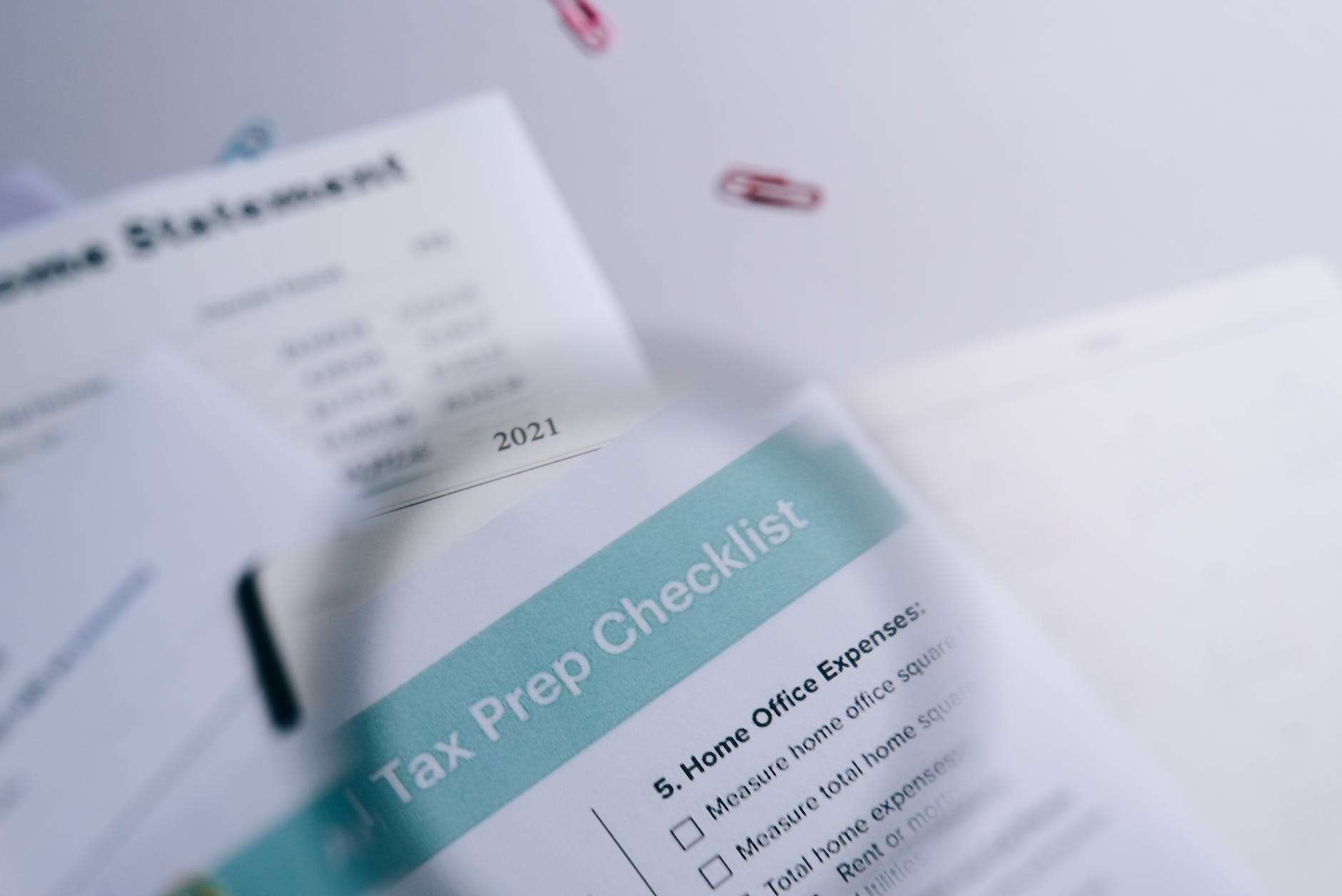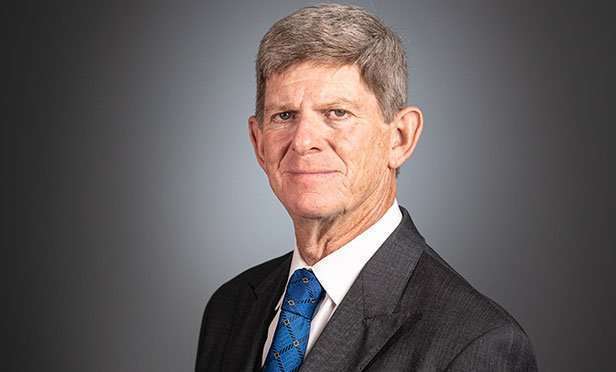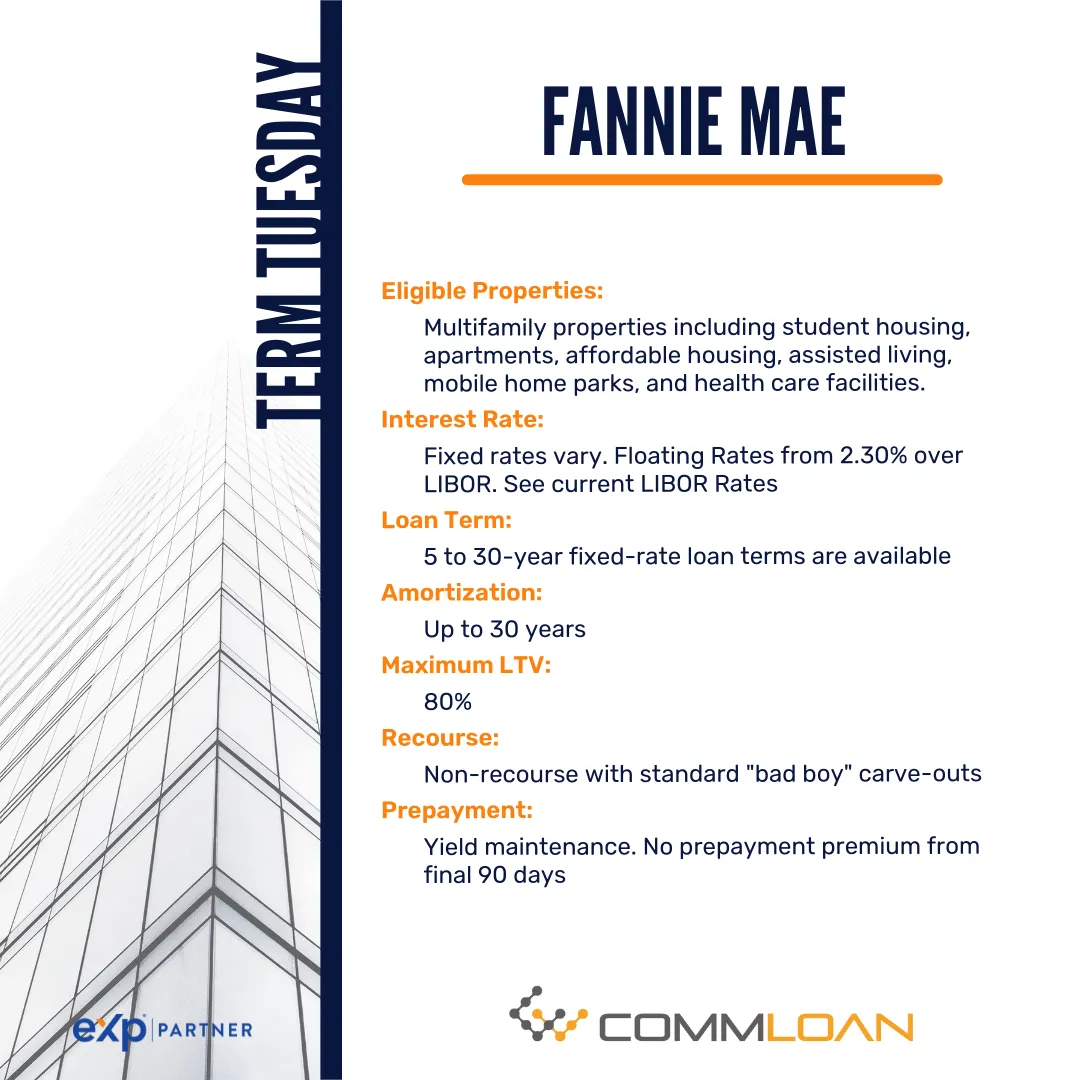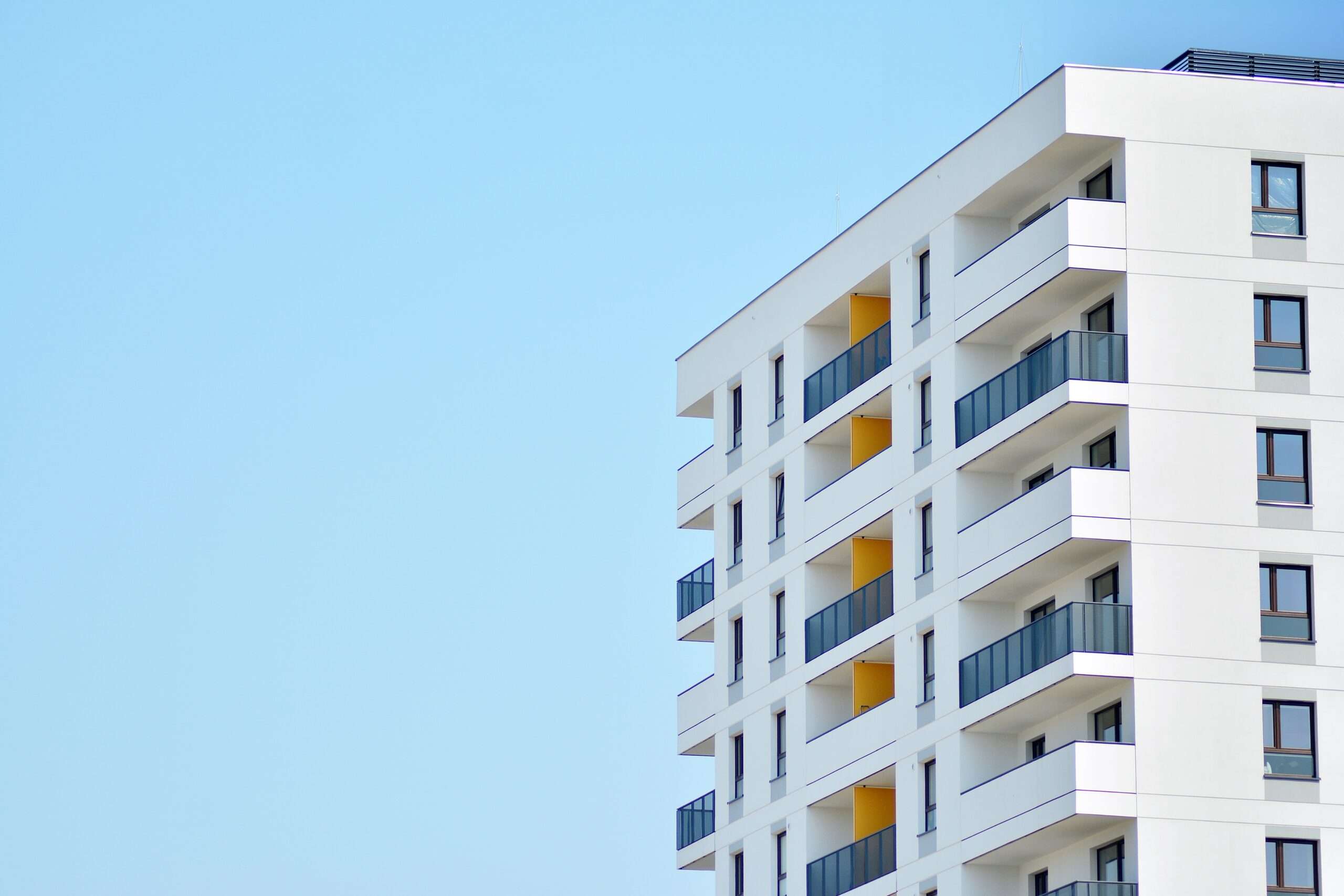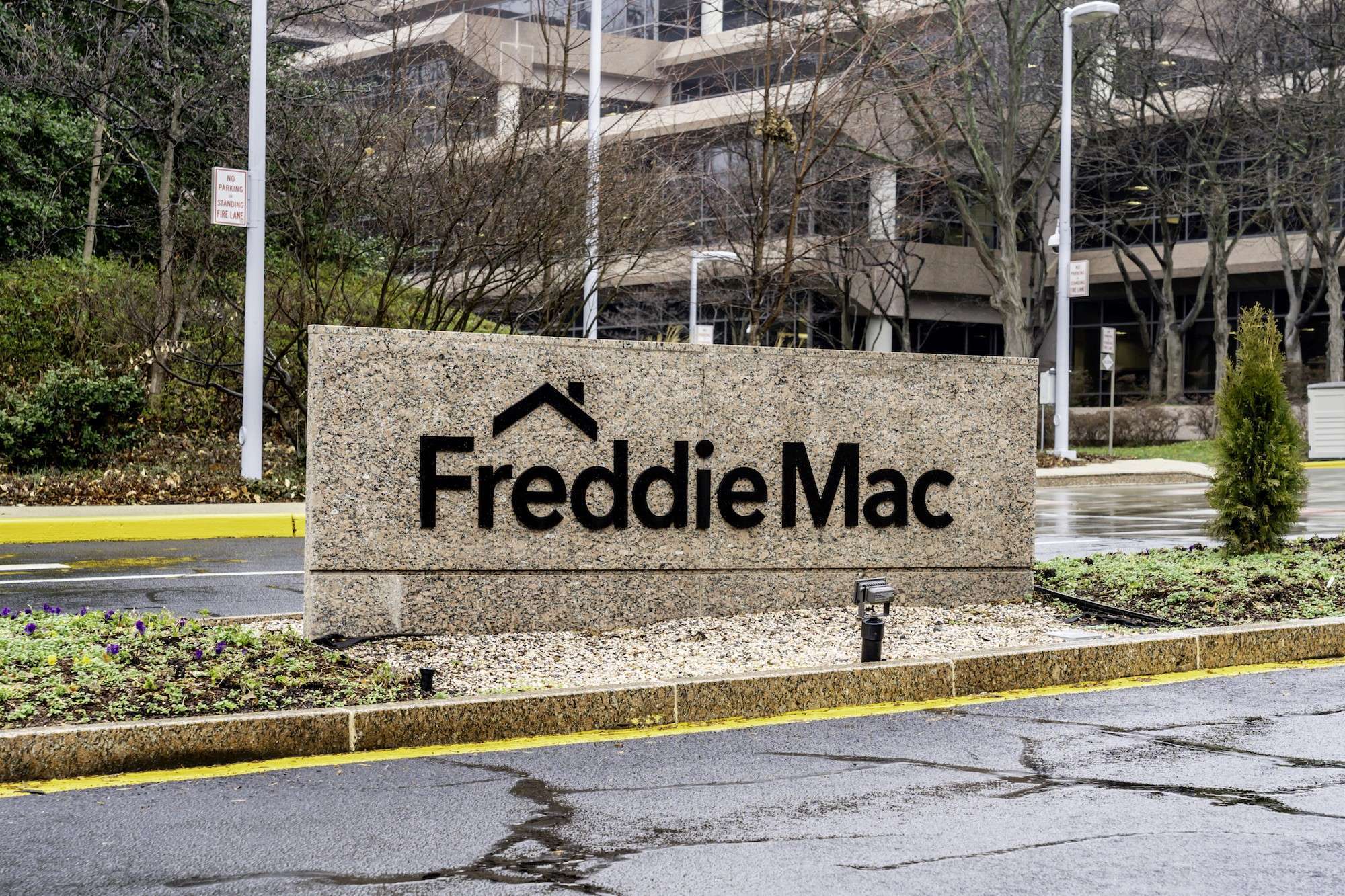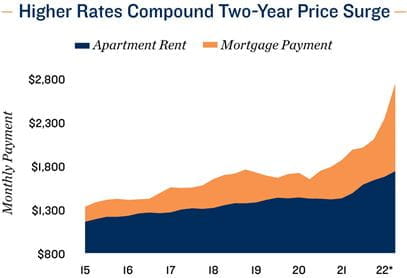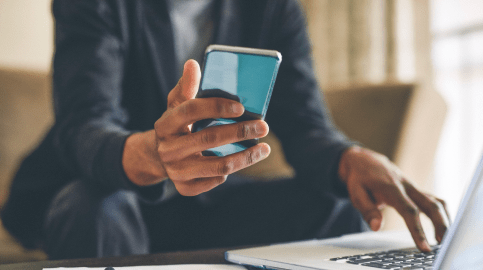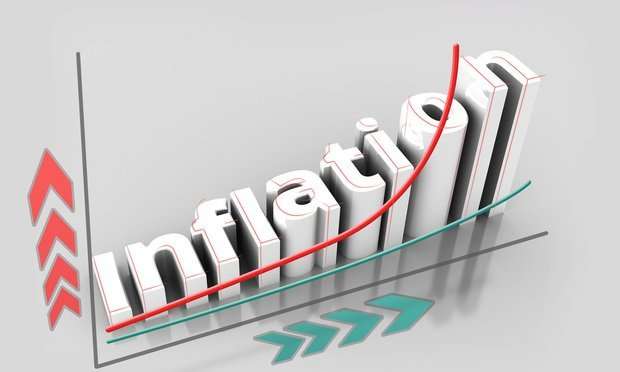
1031 Exchanges, Delaware Statutory Trusts, Opportunity Zone Funds, and Other Tax Reduction Strategies
When it comes to tax avoidance strategies, most real estate investors are probably familiar with the 1031 “like-kind” exchange, in which an investor can defer a tax liability — capital gains, depreciation, or even state and local income tax and the 3.8% net investment income tax — from the sale of a property by acquiring a similar investment property.
Essentially, this allows you to sell one property and purchase another without paying any taxes, provided you follow basic rules.
For example, one requirement is that you identify the replacement property within 45 days of the sale and conclude the purchase of the replacement property within 180 days of the sale.
Some investors even take the “swap until you drop” approach, whereby they continue to sell properties and acquire new ones without ever paying taxes on the sales.
In addition to the tax deferment benefits, a 1031 exchange gives your heirs a step-up in basis to current market value when you pass away.
For example, imagine that you purchase a property for $500,000, and it is depreciated over 20 years. The property is now valued at $2 million, and you and your spouse pass away. Your heirs would automatically receive a step-up in basis to $2 million, so they can sell the day after you pass away and pay no taxes.
There is one problem with 1031 exchanges for many investors, and that is the current frenetic property investment environment.
While the present market might allow an investor to sell their property at a record high, they will also be in the position of having to pay a steep price for their replacement property.
And with the 45-day clock ticking in the background, many investors may not have adequate time to identify a suitable replacement property. This kind of fevered market can lead investors to make less than sound choices. As my college property and tax professor, Dr. George Earl, once said: “Tax savings don’t make a bad investment decision good. It only makes a good investment decision better.”
The good news is that there are alternatives to the traditional 1031 exchange.
Delaware Statutory Trust
Instead of reinvesting the proceeds of your property sale into another investment property, you could exchange those proceeds into a Delaware Statutory Trust (DST).
A DST is a legally recognized trust that has been established to conduct business. Many DSTs hold institutional-grade properties; in this sense, they are similar to a real estate investment trust (REIT), but they offer investors the option to invest in them as part of a 1031 exchange, which is typically not possible with a REIT.
A DST has several important advantages. Firstly, it eases issues stemming from the time constraints of the 1031 exchange, as it is simpler (and quicker) for investors to identify an appropriate and established DST than a replacement investment property, particularly in the current climate.
Secondly, it enables you to remain invested in real estate as an asset class without the stress and time commitment of being a landlord. It can also be a particularly viable solution for investors whose mortgage exceeds their tax basis in a property.
DSTs generally require a five- to 10-year time commitment. They typically distribute income and potentially offer the opportunity for capital gain (or loss). However, to qualify for a DST, you must be an accredited investor.
Opportunity Zone Funds
Another option that investors should consider is a qualified opportunity zone fund (OZF). An advantage of this strategy is that it allows you to invest just your capital gains and your depreciation recapture. This enables you to sell the property, withdraw your tax-free basis and defer the additional taxable funds. Some (though not all) states are supporting these tax breaks by ensuring the state and local income tax rules are aligned with the federal tax regulations.
By investing in an OZF, you defer your taxes on the eligible capital gains (realized within the last 180 days) until the tax year 2026 (April 15, 2027 filing deadline). If you invest in an OZF before the end of 2021, you will also receive a 10% step-up on a cost basis. Many OZFs also structure a cash-out refinance of approximately 30 – 45% in time to pay your deferred tax bill by April 2027.
As with a DST, OZFs can provide annual income (generally from year four or five through to year 10). Further, if the property is held for 10 years (and one day), it receives a step-up in basis for both appreciation and depreciation. This means that the property could be sold without triggering any capital gains tax liability.
However, similar to a DST, it’s important to conduct due diligence on both the underlying investment and the manager of the fund. OZFs typically represent a 10-year investment structure, and you must be an accredited investor.
Deferred Sales Trust
One lesser-known but potentially beneficial option is a deferred sales trust. With a deferred sales trust, you can sell your highly appreciated assets, including investment properties, primary residences, vacation, and second homes, and defer the capital gains taxes and depreciation recapture taxes — perhaps indefinitely.
In a deferred sales trust, you are not the owner of the trust; you are a promissory note holder against the assets of the trust, and the trust makes payments to you. To effect this, you would sell your investment property to the trust, and the trust, in turn, would sell the property to the end buyer. The proceeds of the sale are paid to the trust at the time of closing on this simultaneous transaction.
One significant advantage of this approach is that an investor doesn’t have to contend with the 45-day time constraint inherent to 1031 exchanges. But there are other attributes to consider.
What if you could use the funds from a sale in 2021 to buy real estate later without having a tax liability? Imagine if you sold a property in 2007, at the peak of the last cycle, and you were able to park the money on the sidelines and then use it to acquire properties in 2010?
There are many different ways to structure a deferred sales trust, and it can even potentially be used in combination with a 1031 exchange or paired with an OZF. The deferred sales trust can be structured to pay just interest payments on your promissory note or principal and interest payments. If you choose principal and interest payments, then you would be responsible for some of your capital gains taxes and depreciation recapture taxes, if applicable.
But most investors that avail themselves of a deferred sales trust structure choose interest-only payments that are taxed as ordinary. This lessens your cash flow from the trust, but it also ameliorates your tax burden by deferring taxes owed on capital gains and depreciation recapture.
Deferred sales trusts are structured to run for 10 years, but they can be easily extended for multiple additional 10-year cycles. It’s worth noting that deferred sales trusts are a bit more complex than some other vehicles or strategies that investors might be considering, and there are carrying costs and trust establishment fees to contend with, as well. But, if you have capital gains that exceed $500,000, this could be a viable option to consider.
Whatever tactics you elect to utilize, the most important thing is to weigh these strategies against your short- and long-term objectives for the property, as well as your overall portfolio.
Tax strategies should be merely one facet of a holistic approach that fosters enduring value for your assets.
Source: How To Lower Your Taxes As a Real Estate Investor
https://www.creconsult.net/market-trends/how-to-lower-your-taxes-as-a-real-estate-investor/
